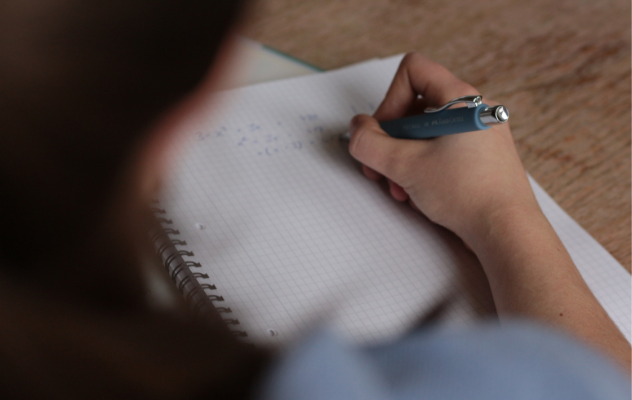
President of the Mathematical Association and Director of University of Cambridge initiative NRICH, Ems Lord, talks about the all-important process of getting stuck when solving mathematical problems, and the tools your students can use to help.
At NRICH, the home of rich mathematics, we want the resources we develop to be for resilient young mathematicians who do not give up easily when solving problems.
Not only do we consider activities which help young people develop problem-solving skills, but also strategies to help when they get stuck in the process.
Think about coping strategies. In our own school days, we may have been shown some worked examples by our teacher, then asked to answer a dozen similar questions. On the occasion that we did get stuck, the teacher would quickly come to the rescue. However, when mathematicians researching the very limits of humanity’s mathematical understanding get stuck – which happens often – there is no teacher to turn to, so it is important to be taught not only how to problem solve, but how to overcome these moments of obstacle.
This is an important lesson for young learners. Mathematician Andrew Wiles has talked about his personal experiences of getting stuck when seeking a proof of Fermat’s Last Theorem:
“[Getting stuck] is part of the process and you have to accept [and] learn to enjoy that process… Anything where you're trying to do something new, you have to go through this difficult period. It's not something to be frightened of. Everybody goes through it.”
There are some straightforward approaches which the NRICH team find helpful when we get stuck, including:
- simplifying the problem
- drawing a diagram
- remembering when we’ve solved a similar problem and trying a similar strategy
- working backwards (Hungarian mathematician George Polya referred to this approach ‘doing and undoing’)
If we’re still stuck, we often find that leaving the problem alone for a while and coming back to it later can help too. The NRICH team have been designing problems which might require some, or all, of those strategies to reach a solution.
We have loads of problems which require resilience and perseverance to reach a solution which you can access at the link below – one of our favourites is Alison’s Quilt. Why not have a go with your students? We also welcome solutions to our latest Live Problems, especially when students share their strategies for getting unstuck!

